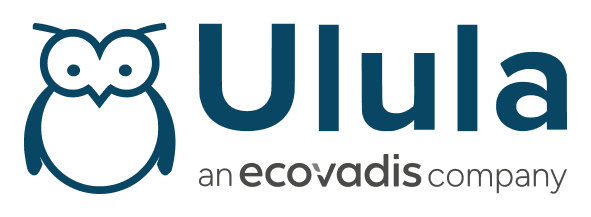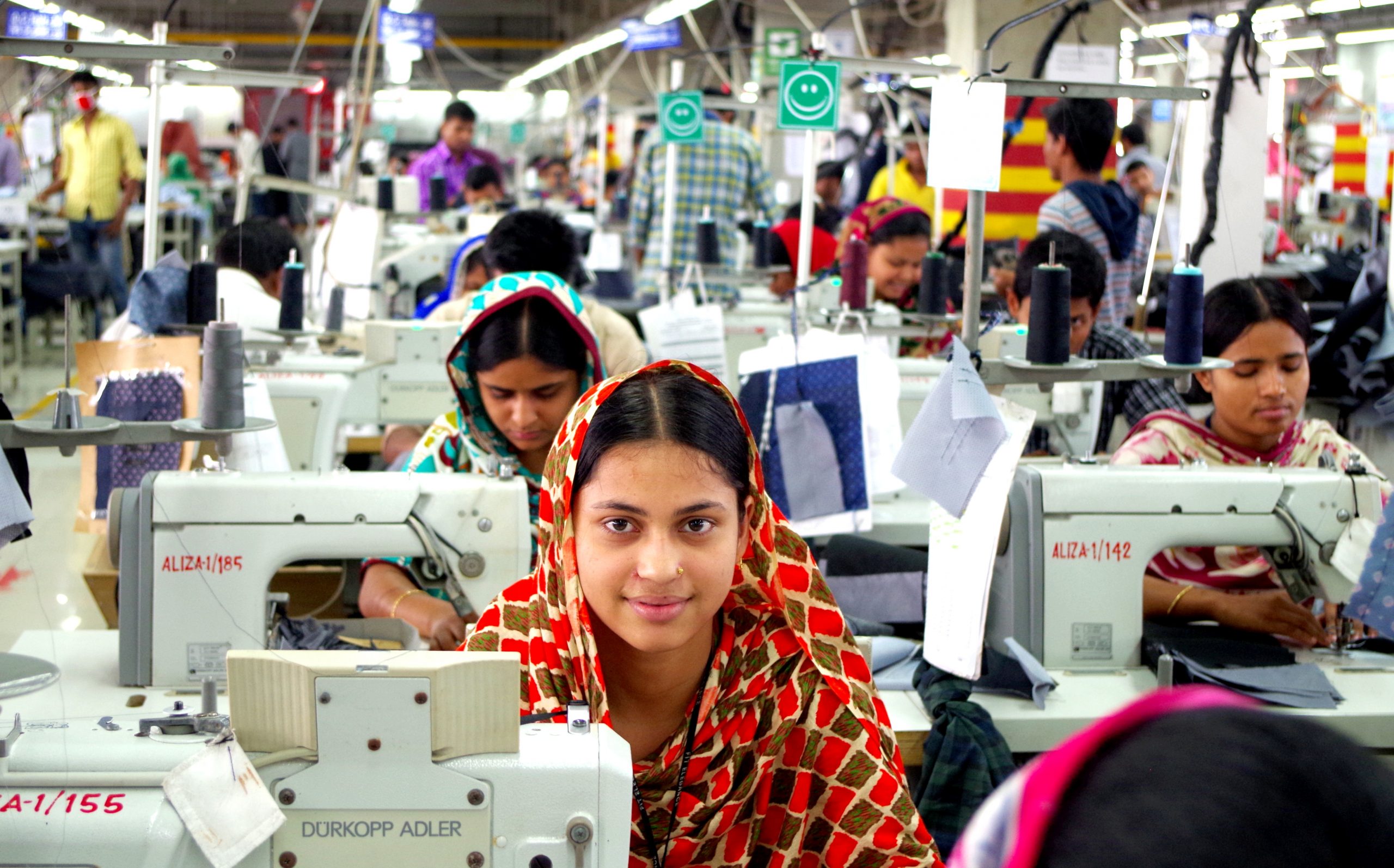The COVID-19 pandemic has caused a humanitarian and economic crisis the likes of which the world has rarely seen before. The apparel industry, due to its discretionary nature, is particularly susceptible to the crisis. The industry generates $2.5 trillion in revenue per year, which, according to the latest McKinsey report on fashion, is expected to contract by 27 to 30 percent in 2020 year-on-year. An economic downturn comparable to the Great Depression will come with a host of challenges motivating companies to adopt and scale new innovations to weather the storm.
The pandemic is affecting both the demand and the supply sides of the apparel industry. It has thrown an industry which was already having an unsteady year into dangerously turbulent waters. Several apparel brands, invoking the ‘force majeure’ clause, are either cancelling or demanding retroactive price reductions for orders that were already in production, leading to the large-scale dismissal of workers. In Bangladesh, over 2 million garment workers have already lost their jobs after brands cancelled $3 billion in orders. To respond, organizations such as Remake, with its #payup campaign, and the Workers Rights Consortium, with its COVID-19 tracker, are raising awareness of this problem by listing fashion brands that haven’t paid for their orders. This advocacy coalition has pushed several fashion brands to respond by highlighting their responsibility to their suppliers. Unfortunately fashion brands paying up, does not always translate to garment workers receiving what they are owed. With limited tracking, especially in the current environment, it is difficult to verify if garment workers are indeed receiving the compensation payments.
Health and safety of garment workers, another perpetual problem for the industry, is also being exacerbated by the pandemic. As countries such as Bangladesh reopen their apparel industry there is evidence that worker health & safety is being severely compromised. Despite commitments from the government to introduce protective safeguards, Bangladeshi garment workers are reporting that their lives are being put at risk as they are forced to return to work in cramped factories where mask-wearing and social distancing aren’t being enforced. New mechanisms are needed to give workers a voice to raise concerns, supporting the industry to proactively respond to and mitigate potential risk.
How apparel companies deal with worker rights as well as health and safety concerns during this crisis will determine their brand image for years to come. Most health experts believe that until a COVID-19 vaccine is widely available, we will be facing some form of social distancing into the foreseeable future. The traditional auditing channels that were used to monitor garment factories will also see their operations being reduced due to social distancing requirements. In this scenario, information and communication technology will need to play an increased role in monitoring the health, safety and labour rights abuses of garment workers. The digital monitoring of supply chains through worker mobile devices will remain the safest and most widely implementable solution.
The Sustainable Apparel Coalition also recognizes the potential of these technologies in the COVID-19 impact report it has published:
Technologies such as pollution sensors, real time energy monitoring and reporting, digitized and standardized social audits, and phone-based worker surveys allow for new ways of measuring, managing, and reporting sustainability.
The ubiquitous cell phone, already widely used for entertainment and communication, is well on its way to becoming an important worker health and safety device.
The COVID-19 pandemic is providing industries an opportunity to reset and reshape the way they do business. It has fast-tracked innovations that were on the cusp of being widely implemented. Apparel companies will also need to innovate, to be able to thrive in the new global economy that will emerge on the other end of this crisis. As they say, necessity is the mother of invention, and the COVID-19 pandemic should serve as a catalyst to change an industry that was in desperate need of upheaval.
Read our previous blog post in the COVID-19 series here: A “New Normal” World Day for Safety and Health in the Workplace

